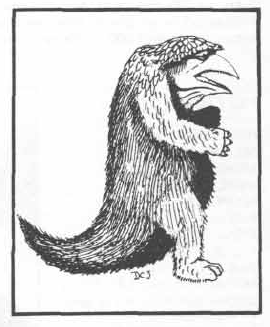Over on Reddit, user KingJackel went through the video leak which came out a few days ago and manually compiled a list of all the changes to races in the book. The changes are quite extensive, with only the fairy and harengon remaining unchanged. The book contains 33 races in total, compiled and updated from previous Dungeons & Dragons books.


 www.enworld.org
www.enworld.org

 www.enworld.org
www.enworld.org
D&D 5E - List of All 33 Races in Mordenkainen's Monsters of the Multiverse
Mordenkainen Presents Monsters of the Multiverse contains 33 races compiled from previous Dungeons & Dragons books. Aarackocra Assimar Bugbear Centaur Changeling Deep Gnome Duergar Eladrin Fairy Firbolg Genasi, Air Genasi, Earth Genasi, Fire Gennasi, Water Githyanki Githzerai Goblin Goliath...
 www.enworld.org
www.enworld.org
D&D 5E - Full List of Monsters in Mordenkainen Presents Monsters of the Multiverse
Mordenkainen Presents Monsters of the Multiverse contains revamped stat blocks for 260 monsters previously published in previous Dungeons & Dragons 5E books. The list was compiled by YouTuber Bob Worldbuilder based on some blurry screenshots originally shared by Nerd Immersion (see the video...
 www.enworld.org
www.enworld.org





